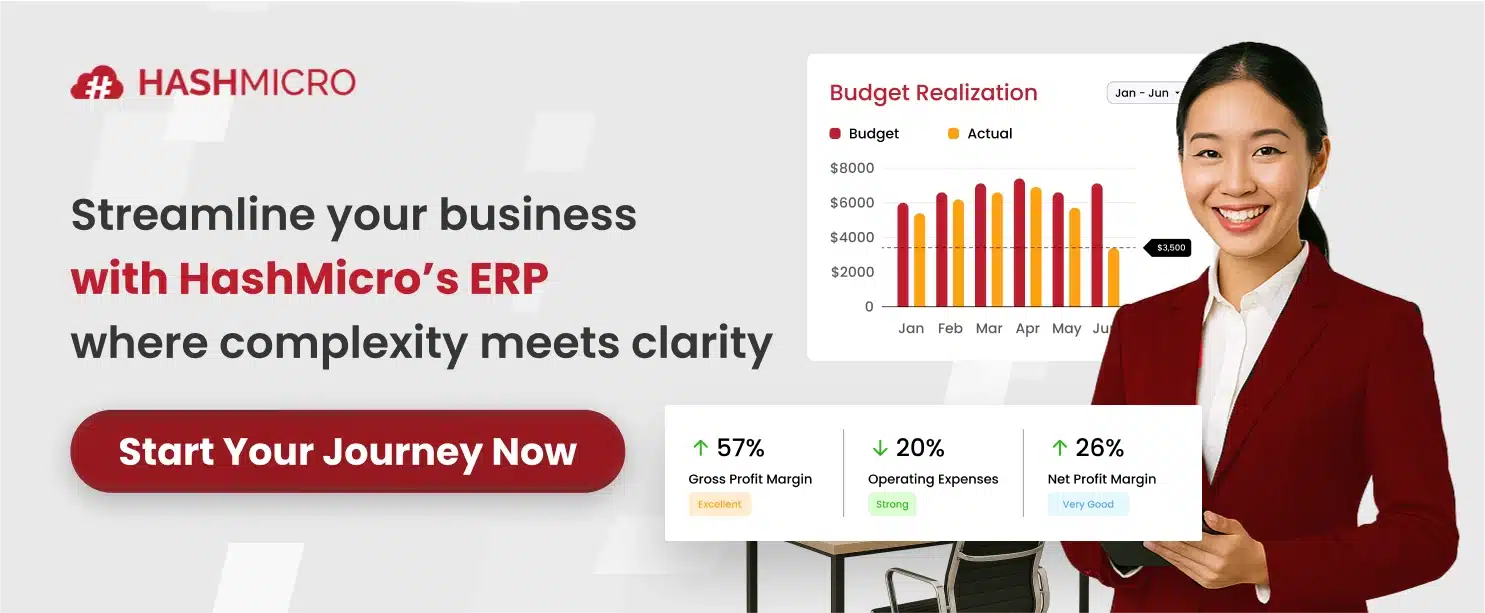When implementing remote access to an ERP system, I find it essential to focus on security to maintain productivity without increasing risks.
In 2025, 78% of organizations reported at least one security incident linked to remote work a stark reminder that remote access is a major attack vector.
ERP systems manage critical business functions, so applying the right protections is non-negotiable. Without them, remote access can expose organizations to data breaches, unauthorized entry, or compliance issues.
Here’s how you can set up secure remote access to your ERP system:
Key Takeaways
|
1. Implementing and Maintaining Compliance
Compliance is a cornerstone of ERP data security, particularly in industries that must follow strict data protection laws. A practical approach is implementing role-based access control in your ERP software, ensuring only users with proper clearance can access sensitive data or perform essential functions.
Another key step is setting limits on the number of employees with access to core ERP functions. Restricting this group lowers the chances of unauthorized entry while also reducing errors or unintended changes from users who do not require full system permissions.
2. Monitoring and Support

Once remote access is set up, monitoring and ongoing support are essential to ensure continued security and address potential vulnerabilities. Here’s how to keep your ERP access secure over the long term:
Monitor Access Logs
Use a real-time monitoring tool that records every access attempt, including IP address, location, and login time. Reviewing these logs makes it easier to identify unusual patterns and make quick adjustments, which improves proactive security measures.
Set up alerts for specific red flags, like multiple failed login attempts or access attempts from high-risk regions, which may indicate malicious activity.
Provide Support and Training
Staff need to be continuously educated on best practices in securely accessing ERP. Focus on spotting phishing attacks or other malware threats that might compromise remote access credentials.
Tech support teams should be ready to assist employees with any problem connecting to a VPN or accessing the ERP. Set protocols on how to reset a password, troubleshoot access errors, and reconfigure settings for updates.
3. Selecting the Right VPN for ERP Access
Choosing the right VPN with proper configuration forms the foundation of secure ERP access. A strong VPN setup, which may include residential VPNs and proxies, encrypts transmitted data, hides IP addresses, and anonymizes access routes between employees and the ERP system.
Look for VPNs that comply with industry security standards such as the General Data Protection Regulation (GDPR) and ISO 27001. These benchmarks also act as practical guidelines before buying residential proxies, ensuring that sensitive ERP data remains protected at every access layer.
If your ERP software manages confidential customer, financial, or operational data, selecting providers with these certifications adds an extra layer of assurance. They demonstrate strict adherence to tested security policies and provide confidence in meeting compliance requirements.
In addition to security, a reliable VPN should also provide fast speeds and stable connectivity. This performance is especially important when employees work with large datasets or need to run complex ERP reports remotely without interruption or delays.
4. Configuring macOS for VPN Access
All devices should be correctly set up before secure connections to the ERP systems can be achieved. Please follow these steps to set up VPN access on macOS to permit secure and compliant remote access:
- Open System Preferences > Network. Click + at the bottom left to create a new VPN connection.
- Select the type of VPN: generally, L2TP over IPSec, IKEv2, or OpenVPN (depending upon your VPN provider and security needs). Type in the connection details provided by your VPN provider, including the server address and account name.
Make sure that data encryption is enabled on all devices. While using ExpressVPN for Mac, this will be turned on without needing to take any further steps. Setting AES-256 encryption (or higher, if available) is advisable to thwart interception or tampering.
5. Adopt a High-Security Guaranteed ERP System
For ensuring the utmost security when implementing remote access, choosing an ERP system known for its high-security measures is crucial. HashMicro ERP systems are built with advanced security features to protect your data and ensure compliance with the latest data protection laws.
With HashMicro, you leverage top-tier security technologies, including advanced encryption, role-based access controls, and continuous security monitoring, providing a robust defense against potential cyber threats.
HashMicro also trusted by more than 2000 companies from various industries. It makes HashMicro ERP software the right solution to secure your company’s data.
Conclusion
Establishing secure remote access to the ERP system requires multilayering. Following the steps above will protect sensitive data while allowing employees to do remote, productive work. Security is a continuous duty: monitor, audit, and update your systems in response to evolving threats.
Also, adopting HashMicro ERP system can help you enhance security. It’s a comprehensive ERP system with complete features to maximize your business performances. Try the free demo now!















